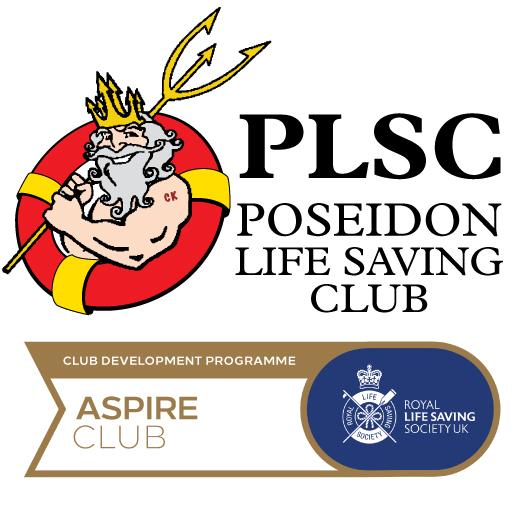Explore The World Of The 'Survive & Save' Lifeguard Programme
Ages 12 + Years
The Survive & Save Programme is the lifesaving awards programme for teens and adults. The awards are challenging but fun to complete and they are arranged into Bronze, Silver and Gold levels to ensure that you continue to develop your lifesaving skills as you progress through the awards.
Continuing on from the Rookie Lifeguard Programme, in the Survive & Save Programme your child will continue lessons in valuable survival, rescue and sports skills including CPR, Rope Throw, Manikin Tow and Tea Towel Tow. These skills will be brought to competition level. The programme also introduces underwater swimming along with swimming with fins.
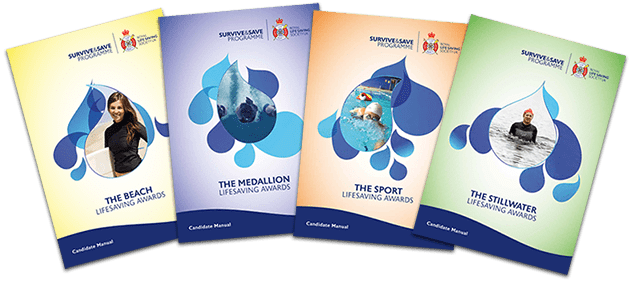
How The Programme Works
There are four award areas to experience
The Medallion Awards
The Beach Awards
The Stillwater Awards
The Sport Awards
Survive & Save
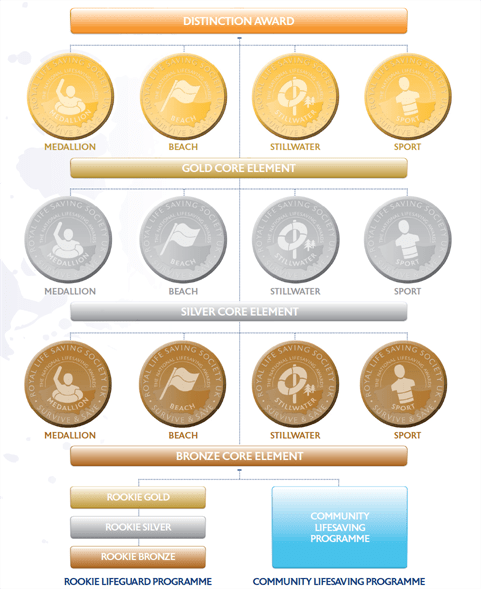
You can choose to specialise in one area or learn a broader range of skills by completing multiple awards.
The highest achievement in the Survive & Save Programme is the Distinction Award, which is awarded to those who achieve 3 Gold Level awards within a 24-month period.
Download a FREE Survive & Save Candidate Manual
The Medallion Lifesaving Awards
The Beach Lifesaving Awards
The Stillwater Lifesaving Awards
The Sport Lifesaving Awards
Key Competitive Learning Skills
Continuing on from the Rookie Lifeguard Programme, in the Survive & Save Programme your child will continue lessons in valuable survival, rescue and sports skills including CPR, Rope Throw, Manikin Tow and Swim & Tow. These skills will be brought to competition level. The programme also introduces underwater swimming along with swimming with fins.
As Poseidon Lifesaving Club is a competitive club all learning skills will be put to the test at the various competitions throughout the year.
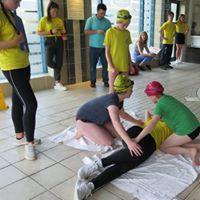
CPR
Your child will learn how to perform chest compressions on a casualty and give the casualty a series of rescue breaths to help save their life when they are in cardiac arrest.
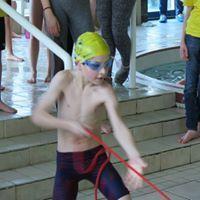
Rope Throw
Your child will be taught how to throw a floating rope specifically designed to be thrown to a swimmer in difficulty, as if s/he is a rescuer on a bank, and used to pull the casualty to safety.
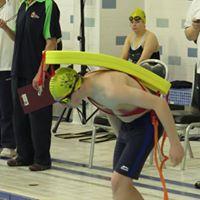
Rescue Tube
Your child will be taught how to use a torpedo buoy/rescue tube to help save a casualty. They will also learn how to block the casualty with the tube from grabbing hold of them directly.
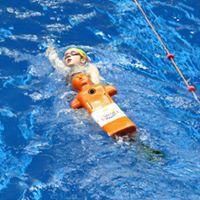
Manikin Carry/Fins
Your child will learn how to rescue a casualty using a Manikin as a rescue practice instrument. You child will also be taught how to use swimming fins in the rescue.
How Competition Tests The Skills
These lifesaving skill are put to the test in the numerous competitive events that the members are required to attend throughout the year. Each competition challenges and tests a different set of lifesaving skills.
The Open Water event challenges the swimmer to respond to beach and river incidents while facing the extremely low water temperatures. The ability to understand tidal currents and open water obstacles as well as speed with incident management and control are key skills with these competitions.
The Lifesaving Championships test the swimmers ability to successfully manage multiple incidents while attempting to rescue multiple casualties. Each swimmer and teams performance is marked on a scale of excellence. Lifesaving knowledge and incident control are key skills in these competitions.
The Lifesaving Speed Championship requires swimmers to compete against each other on a time accuracy scale. Strength, stamina and swim speed are key performance requirements.
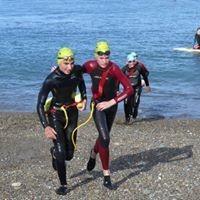
Open Water Competitions
Ladys Cove, Greystones
This Open Water event challenges the swimmers to respond to lifesaving incidents when faced with the hazards of the sea and open water. Cold water immersion may result in loss of performance and swim fatigue and the swimmers are coached on how best to deal with such challenges.
The Mountbatton/Paddy O’Byrne/Irene McCullogh Open Water Competition is a ‘staged incident’ competition (SERC) and ‘All Ireland Surf Lifesaving Championship’.
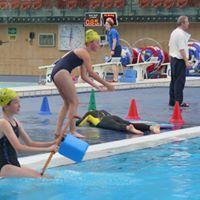
National Lifesaving C'ships
Belvedere, NAC & Leeds
The Lifesaving Championships competitions test the junior Lifesaver on both individual and team level. In a pool enviornment the junior Lifesavers ability to manage both a land and water based incident are tested in multiple ways.
CPR, Rope Throw & Casualty Management are the key skills tested. Winners from the ‘Regional Competition’ qualify to compete in the ‘Nationals’ as part of the ‘All Ireland Team’.
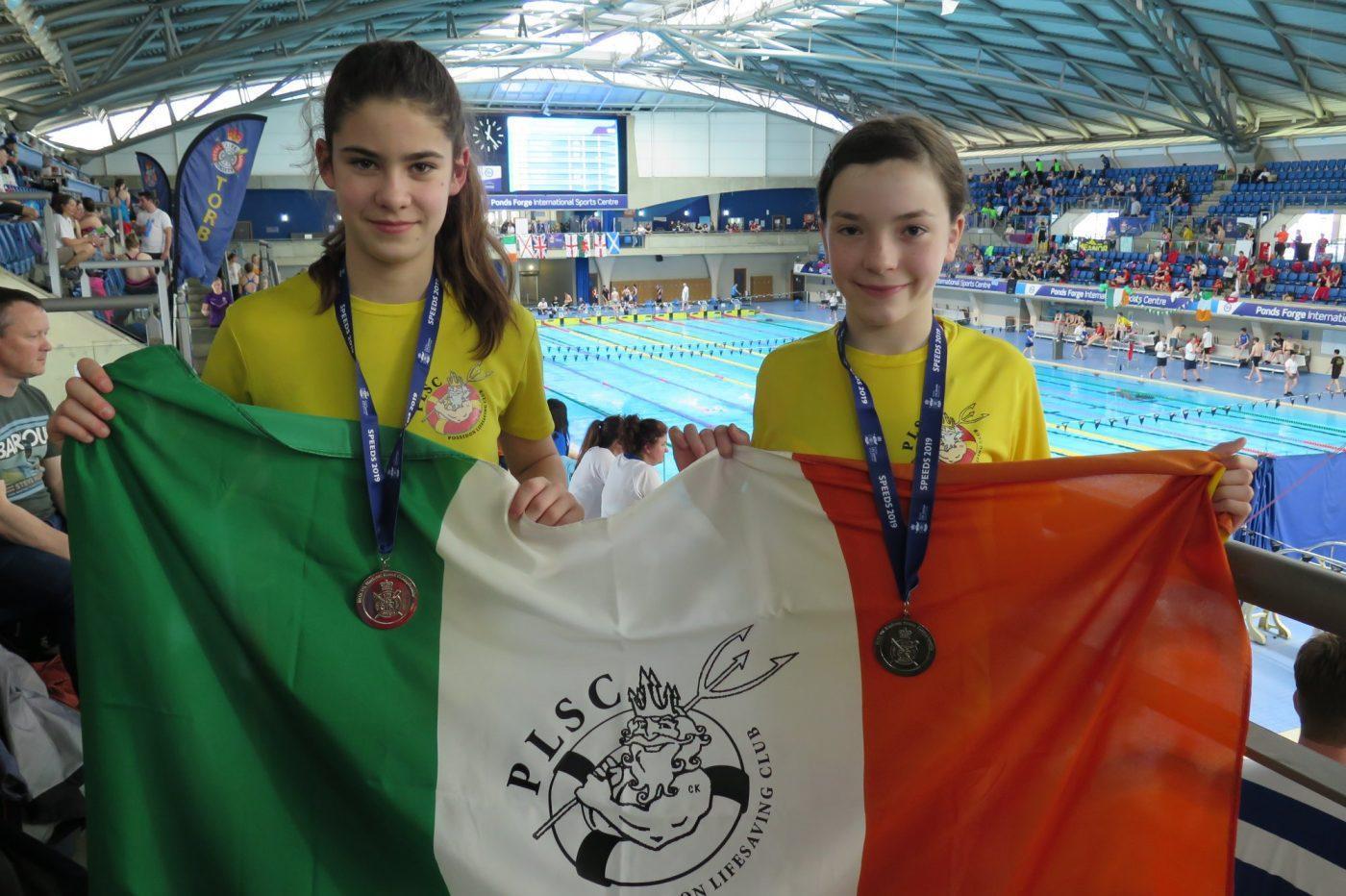
Lifesaving Speed C'ships
NAC & Sheffield
The National Lifesaving Speed Championships (Speeds) is the largest competition of its kind in the UK. Lifesaving athletes ages 12 and upwards from across the UK and Ireland compete for national titles. The sporting competition helps promote Lifesavers’ skills, knowledge and techniques. Speed of rescue is the key performance measure in this event. Events include ‘Rope Throw’ ‘Manikin Tow Rescue Tube’, Manikin Carry’ & Manikin Carry with Fins’ all against the clock.
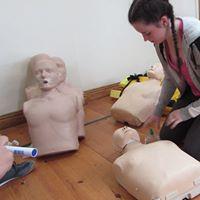
Branch & Regional
Aquatic Water Initiative
Life Support Initiative
Line Throw
Swim & Tow
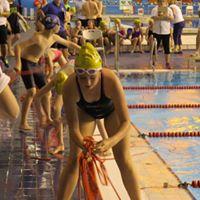
Schools Competitions
Resuscitation
Line Throw
Swim & Tow
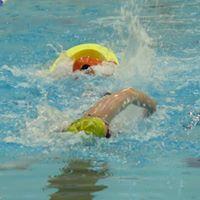
Ireland Speeds Individual
50m Obstacle Swim
25m Manikin Carry
50m Manikin Tow with Fins (+15 yrs)
Line Throw
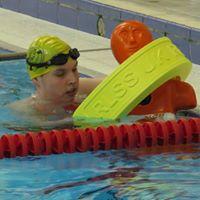
Ireland Speeds Team
Obstacle 4 x 25m
Manikin Carry 4 x 12.5m
Rescue Medley 4 x 25m
Line Throw
The Manikin Carry with Fins
The Rescue Tube
When entering a swimming pool to perform a rescue lifeguards should always use a rescue tube if possible. This versatile piece of lifeguard rescue equipment can be used as a floatation aid for swimmers in difficulty and if required can be used to protect the lifeguard from danger.
